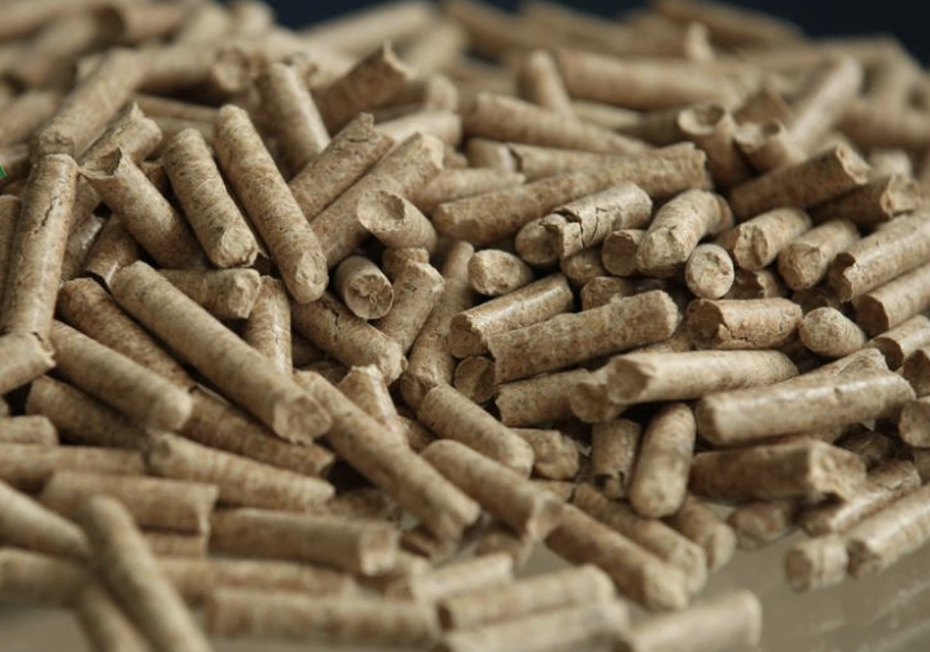
The General Department of Customs (GDC) reported that wood and wood-made exports by the end of August had brought turnover of $10.4 billion, a sharp increase of 22.6 percent compared with the same period last year.
In addition to typical products such as wooden furniture and wood-frame chairs, wood chips and wood pellets could bring turnover of $2 billion within the first seven months of the year.
Woodchip exports allowed Vietnam to earn more than $1.5 billion, a sharp increase over the same period last year. Woodchips are the third largest export item in the forestry industry, just after wooden interior furniture and wood-frame chairs.
Wood pellets had export turnover of $422.5 million, increasing by 11.2 percent over the same period last year.
At a recent meeting where MARD spoke about solutions to recover agricultural production after the Yagi typhoon, Deputy Minister of Agriculture and Rural Development Phung Duc Tien reported that large forestland areas in some northern provinces have been damaged with trees falling down, causing considerable damage.
Preliminary statistics showed that 2,000 hectares of planted forests have fallen because of the Yagi typhoon in Lang Son, and 5,100 hectares have been damaged in Bac Giang. The forests in other provinces, including Hai Phong and Ninh Binh, have also been damaged, but less severely.
According to Tien, woodchips and wood pellets are favored by many markets, so the forestry sector needs to direct localities and forest owners whose forests have been affected during the typhoon to make decisions on what to do with the trees.
For the forest areas where trees have fallen and cannot be recovered, it is necessary to exploit the timber and replace with new ones. Small trees and branches need to be collected and chopped into small pieces for sale. This would help farmers mitigate losses.
The Department of Forestry under MARD has requested local agriculture departments in the Northern Midlands and Mountains and the Red River Delta to properly handle and exploit fallen forests.
For the privately planted forests, forest owners will decide what to do to exploit the forest resources. After the exploitation, they have the responsibility to replant forests in the next crop when weather conditions become favorable.
As for state protective forests which are planted forests, organizations will assess the damage levels and estimate the value of forest products expected to be recovered.
If forests are severely damaged with many trees fallen, or the number of trees left is not enough to create a forest (the ratio of broken trees is over 70 percent), all the trees will be used. After that, forest owners must re-plant forests during the next crop when the weather conditions are favorable.
If forests bear slight damage, and the number of trees left is high enough to create a forest, only broken and collapsed trees will be collected.
The procedures for utilizing and recovering timber from planted forests damaged by storms are stipulated in MARD’s Circular No26 and Circular No 22.
The General Department of Forestry has asked local authorities to immediately provide guidance on the collection of fallen forest trees when the weather is favorable. In addition, they have to inspect and supervise the exploitation and collection, and at the same time create favorable conditions for trade and processing units to purchase all of the forestry products.
Tam An